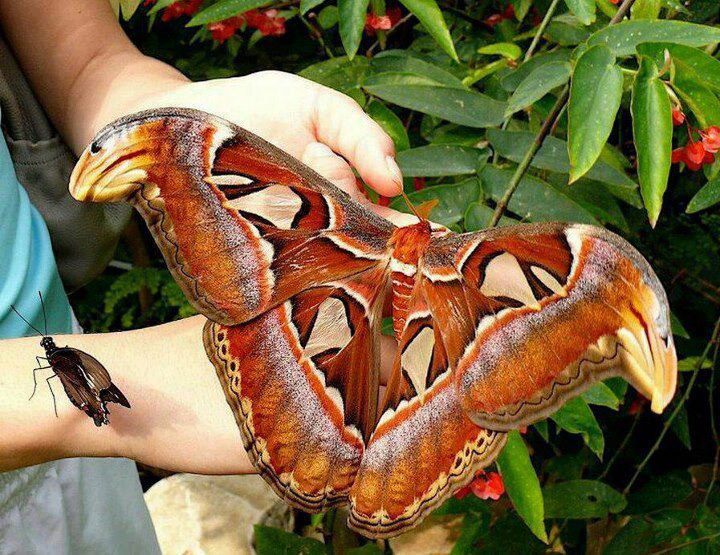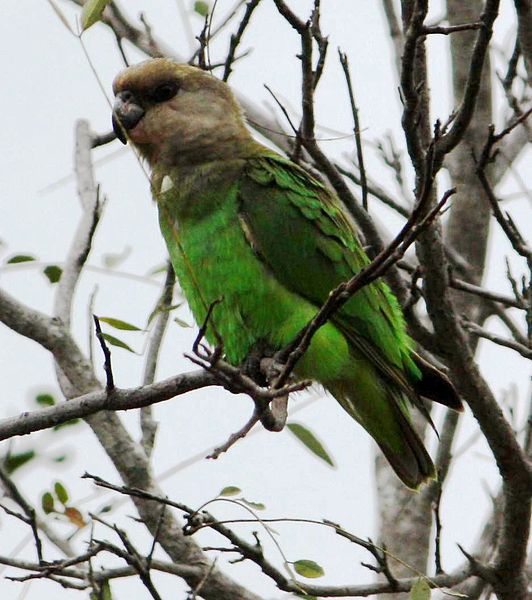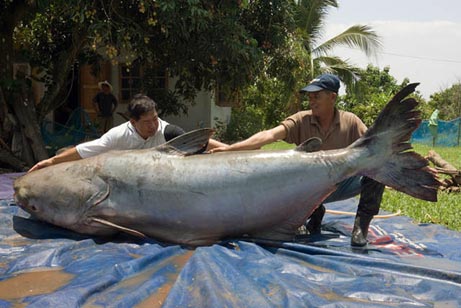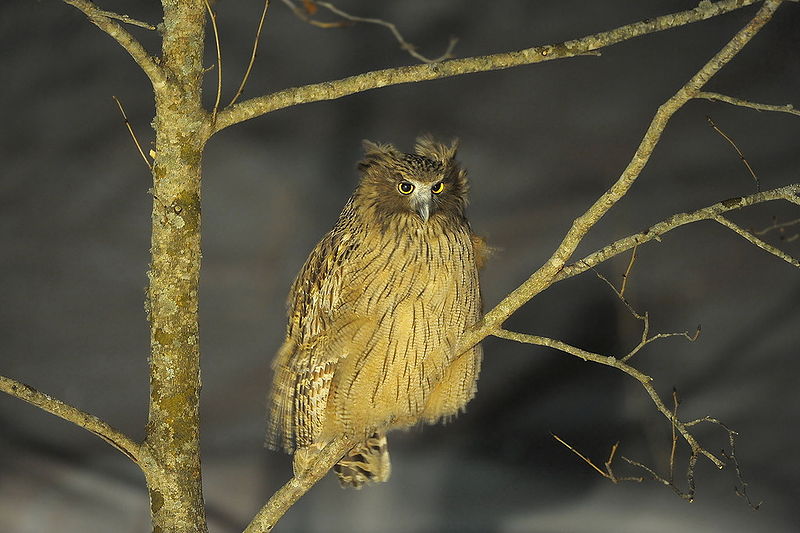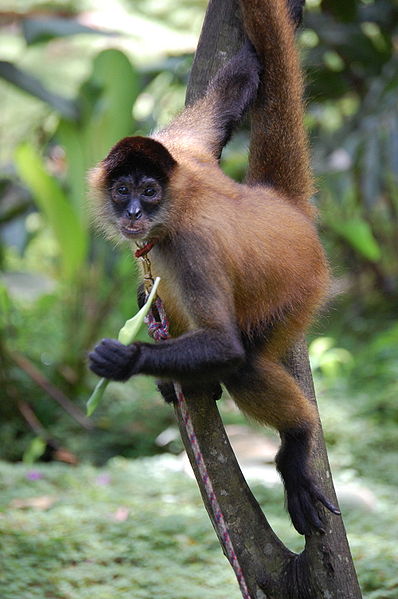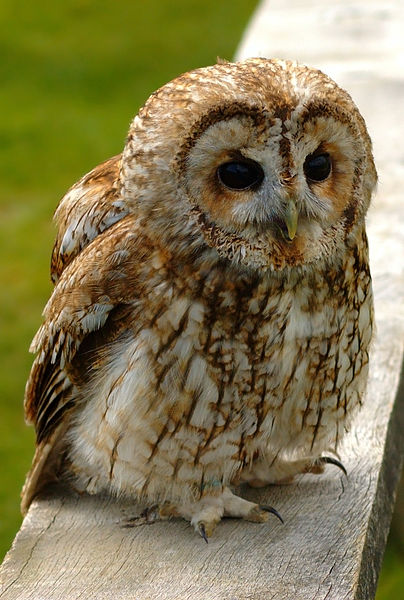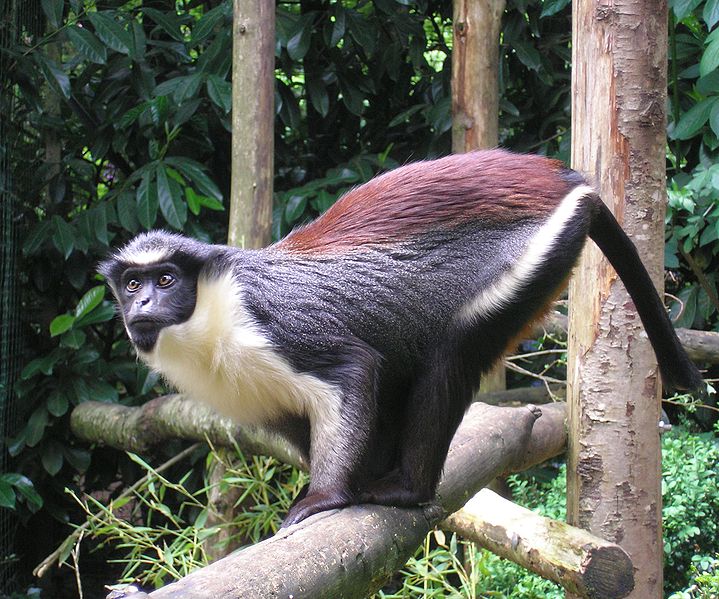I woke up this morning to find a picture posted on my Facebook wall. Why am I telling you this? Well, this picture was of a magnificent moth known as the Atlas Moth. I was so impressed with this photo that I thought I would share it with everyone at Wild Facts. What is so special about this particular moth? For starters, they are one of the largest moths found on this great planet of ours. As well, I personally believe they are one of the more beautiful insects you will find…especially if you compare them to bugs such as cockroaches and earwigs.
Worlds Largest Moth?
Is the Atlas Moth the largest species on the planet? The short answer is yes and no. Okay, so maybe the short answer doesn’t work too well with this question. Let me explain. While the Atlas Moth does have the largest wing surface area, they do not have the longest wings. So at the end of the day, it all depends on your definition of “World’s Largest Moth”. Personally, I am going to give the title to today’s featured animal. So just how big are these giant insects? Would you believe me if I told you their wingspan can reach up to 30 cm (12 inches)? You should, because that is exactly how large these beautifully decorated insects are. Do you want to know something even more amazing?

The Atlas Moth Doesn’t Eat
Not in the adult form, anyway. That’s right once these giant creatures emerge from their comfy cocoon, they go on a strict diet of nothing. Granted, their diet is pretty easy to stick to since they don’t actually have any functional mouth parts. As you can imagine, the Atlas Moth only lives for about 2 weeks in the adult form. During this time, they will feed off of their fat reserves they built up while in the immature stage. This is just further evidence that diets are not healthy and that they can kill you :).
What’s in a Name?
There are two theories about how the Atlas Moth received their common name. We will leave the decision up to you. Do you think their name is derived from their size, with reference to Atlas from Greek Mythology or are you in the group that believes it has to do with their patterns on their wings…which look like little maps in an atlas. Personally, I am in the latter group but I guess only the person who named this moth knows for sure.
Top Photo Credit: Weird World

